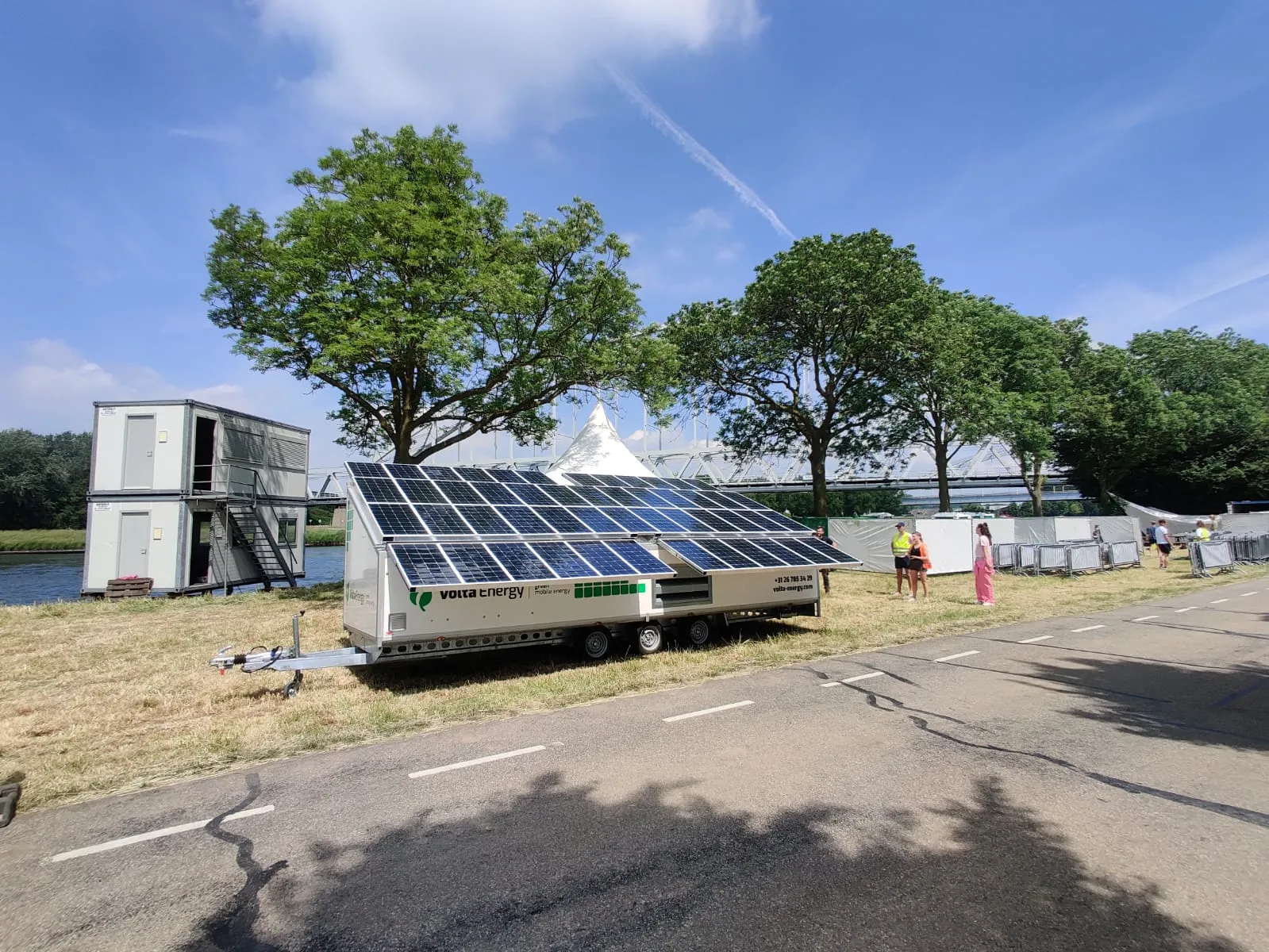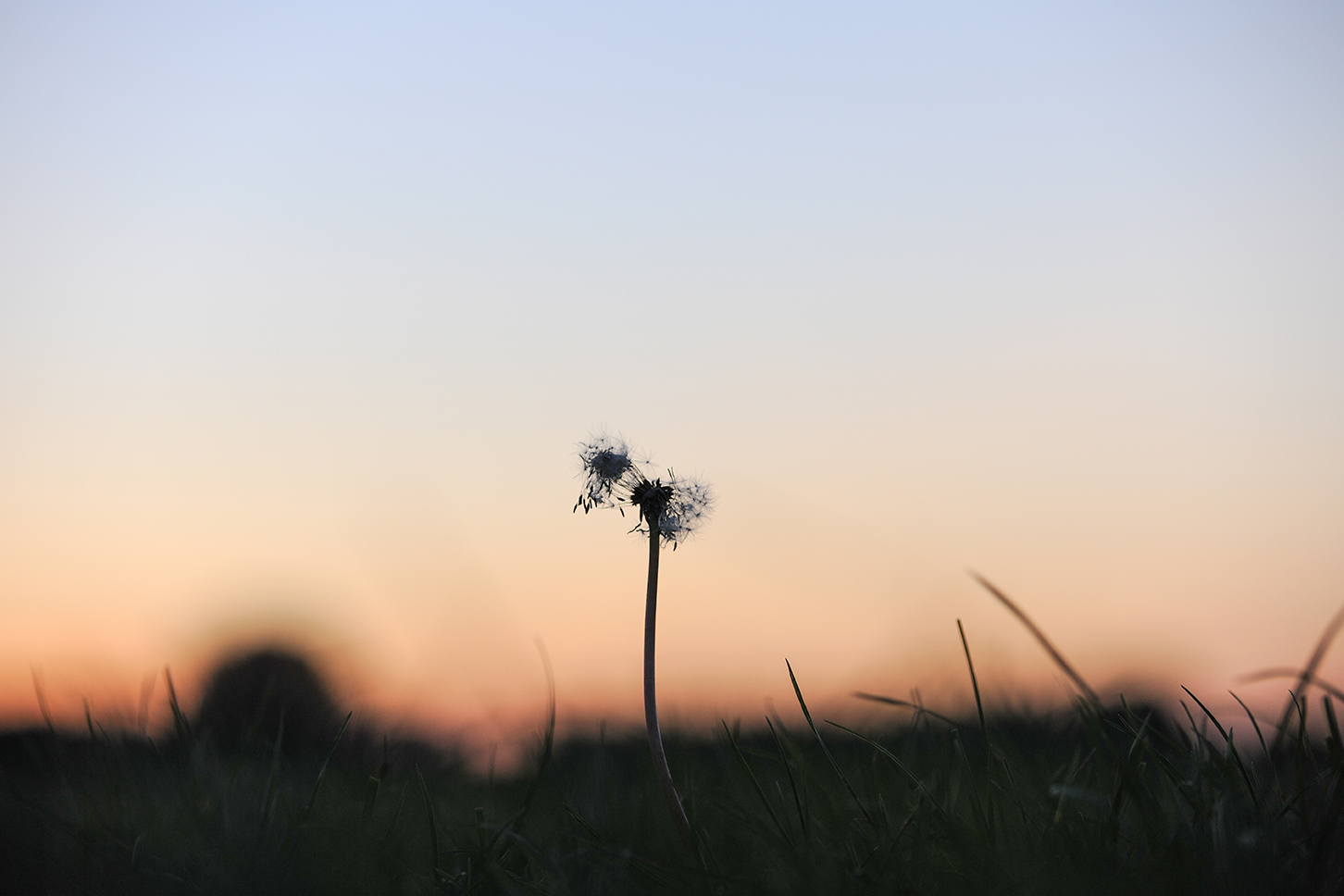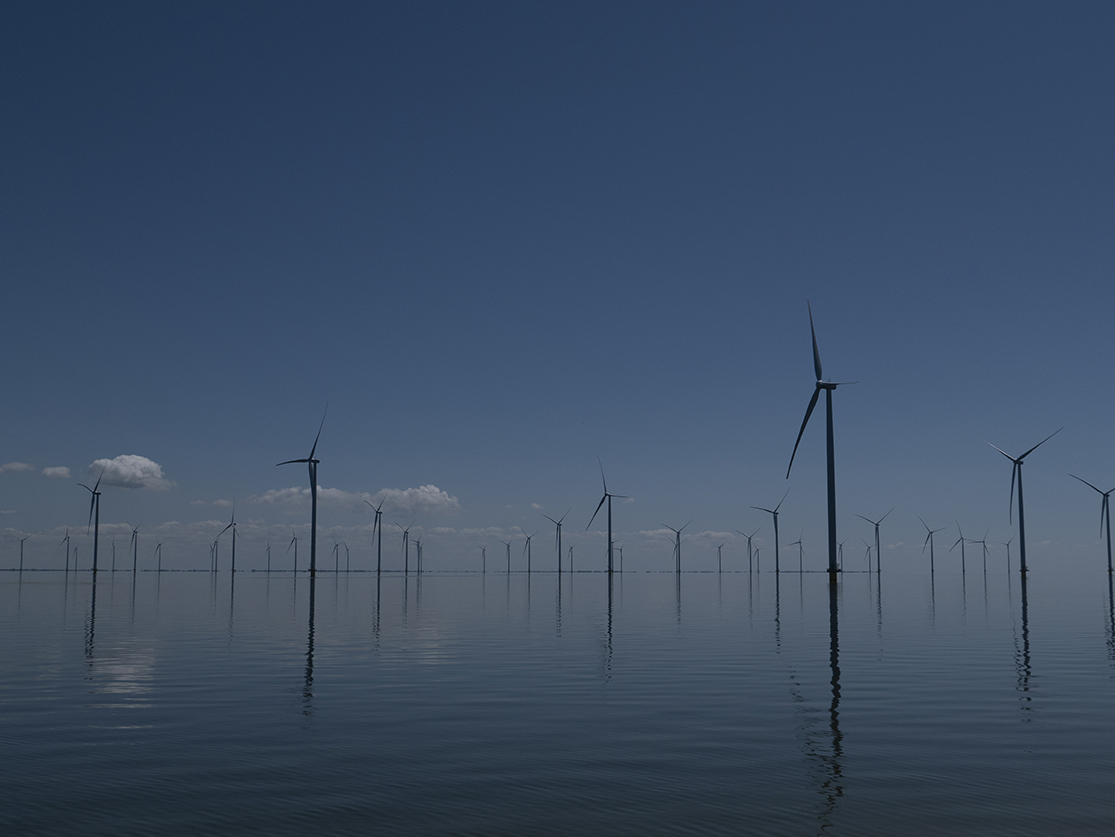"We want to have saved 10,000,000,000,000,000 litres of water by 2030. That’s four billion Olympic swimming pools; ten percent of the North Sea."
“People often say: ‘You do something with water and pipelines, right?’” Robbert Lodewijks starts in one of Acquaint’s meeting rooms. Together with co-founder Frank van der Hulst, he branched off here with their spin-off: HULO. Two young, ambitious entrepreneurs—though Robbert casually slips in that Frank is in fact a bit older than he is. Frank later parries this with the remark that, unlike Robbert, he does take short showers. Two things that define their collaboration: the informal atmosphere and water. Their shared mission, however, is far more serious. “We want to have saved 10,000,000,000,000,000 litres of water by 2030. That’s four billion Olympic swimming pools; ten percent of the North Sea. It sounds like a lot—and it is. But keep in mind, all of this is leaking away right now.”
Saving Thousands of Litres Through Real-Time Monitoring
“UNICEF once put out a statement saying that if we’re not careful, fifty percent of the world will face water scarcity by 2025,” Robbert continues. “In the Netherlands, we already notice small things during hot summers: paddling pools can no longer be filled, for example. This scarcity will only grow in the coming years. Drinking water companies are dealing with this too. On top of that, the sources we draw drinking water from are being depleted. In short: consumer demand is rising, while supply is falling. That’s why we focus on optimising the production side.”
“That’s why we create smart software aimed primarily at leak detection in the drinking water network,” Frank adds. “Worldwide, this is a huge problem. To be fair, the Netherlands is still doing relatively well. Around five per cent of the water in our network is lost. That’s still millions of litres, but compared to the thirty per cent that leaks away in England, it’s not so bad. We want to solve that problem by applying technology that detects leaks in real time—and not in the traditional way, by comparing historical data. This makes us not only faster but also reduces false positives, and in the case of major leaks, you can save thousands of litres per hour.”
.jpg)
Programming and LinkedIn
And what does that look like day to day? Frank: “I’m mainly working on the technology itself—programming and mapping out the roadmap. We’ve already built something great, but this isn’t the end.” “And I’m mainly on LinkedIn,” Robbert laughs. “That’s how I connect with people all over the world. Of course, to see if they’re interested in our technology, but also to learn what’s happening there. The fact that we can do this from here fits perfectly with the ecosystem we want to build: making an impact with many companies focused on water tech, worldwide, but from Leeuwarden. Just last week, I was speaking with a man from Croatia, someone with considerable standing in the field of leak reduction. His questions challenge us again and keep us on our toes. That’s also why we took part in BeStart in 2022.”













